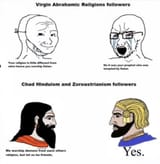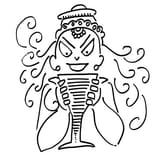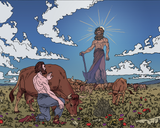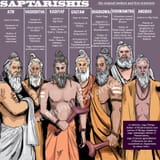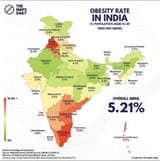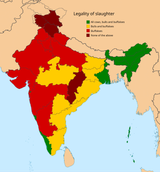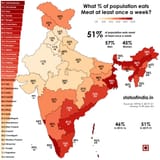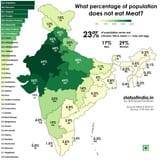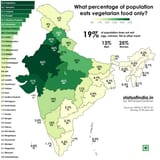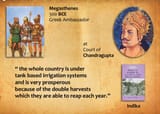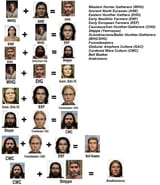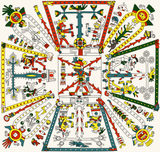Anonymous
6/21/2025, 3:39:21 AM
No.17780078
[Report]
>>17780111
>>17780183
>>17780298
>>17780651
>>17782121
>>17784288
>>17785027
>>17786325
RigVeda was written in the Middle Ages
Even if you are a Nordicist who believes the oral tradition race war that it happened 1500-1200 BCE is true, you can't prove that the RigVeda was not written until the Gupta Period and show a oldest complete written copy older than the from 1464 in the Delhi Sultanate, i.e. Persian-Greek-Scythian-Kushan-Turkish Brahminjeet mutts wrote the Vedas and not the Androslavs. The irony is that the Upanishads, the end of the Veda/Vendata, were written before the RigVeda itself and offer subtle and indirect criticisms of the Vedic religion and the caste system, although they do not explicitly condemn it as unjust or oppressive. They question the rigid social divisions and the idea that birth determines a person's destiny, emphasizing the search for truth and the common spiritual nature of all beings.
>There are, for example, thirty manuscripts of Rigveda at the Bhandarkar Oriental Research Institute, collected in the 19th century by Georg Bühler, Franz Kielhorn and others, originating from different parts of India, including Kashmir, Gujarat, the then Rajaputana, and Central Provinces. They were transferred to Deccan College, Pune, in the late 19th century. They are in the Sharada and Devanagari scripts, written on birch bark and paper. The oldest of the Pune collection is dated to 1464 CE. These thirty manuscripts were added to UNESCO's Memory of the World International Register in 2007
>It is unclear as to when the Rigveda was first written down. The oldest surviving manuscripts have been discovered in Nepal and date to c.1040 CE. According to Witzel, the Paippalada Samhita tradition points to written manuscripts c.800–1000 CE. The Upanishads were likely in the written form earlier, about mid-1st millennium CE (Gupta Empire period). Attempts to write the Vedas may have been made "towards the end of the 1st millennium BCE". The early attempts may have been unsuccessful given the Smriti rules that forbade the writing down the Vedas, states Witzel
>There are, for example, thirty manuscripts of Rigveda at the Bhandarkar Oriental Research Institute, collected in the 19th century by Georg Bühler, Franz Kielhorn and others, originating from different parts of India, including Kashmir, Gujarat, the then Rajaputana, and Central Provinces. They were transferred to Deccan College, Pune, in the late 19th century. They are in the Sharada and Devanagari scripts, written on birch bark and paper. The oldest of the Pune collection is dated to 1464 CE. These thirty manuscripts were added to UNESCO's Memory of the World International Register in 2007
>It is unclear as to when the Rigveda was first written down. The oldest surviving manuscripts have been discovered in Nepal and date to c.1040 CE. According to Witzel, the Paippalada Samhita tradition points to written manuscripts c.800–1000 CE. The Upanishads were likely in the written form earlier, about mid-1st millennium CE (Gupta Empire period). Attempts to write the Vedas may have been made "towards the end of the 1st millennium BCE". The early attempts may have been unsuccessful given the Smriti rules that forbade the writing down the Vedas, states Witzel


